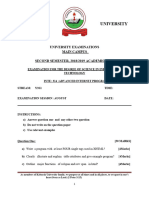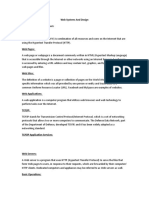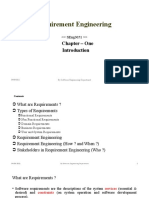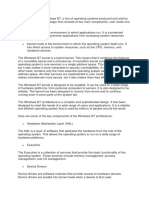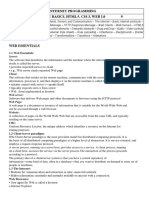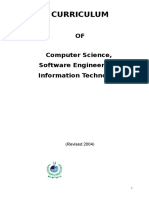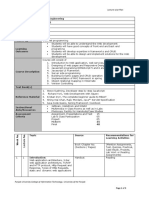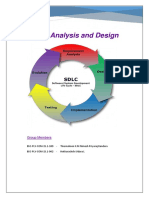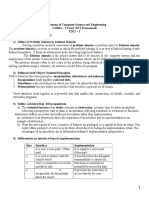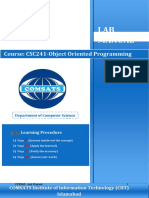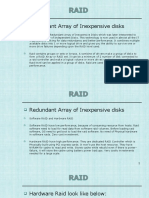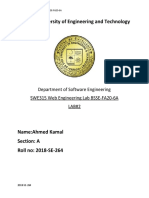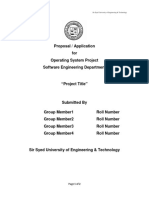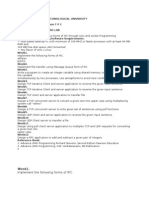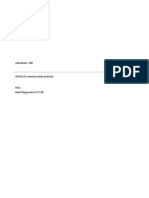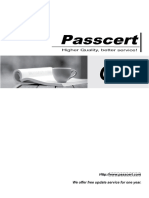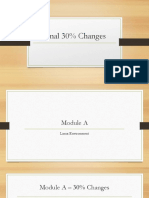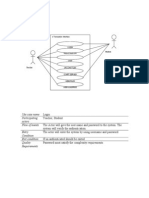0% found this document useful (0 votes)
1K views54 pagesChapter#1 - Introduction To Web Engineering
This document provides an introduction to web engineering. It outlines the goals of the course as analyzing and designing comprehensive web applications, learning languages like HTML, PHP and Javascript, and techniques for ensuring proper operability, maintenance and security of web applications. It discusses the need for systematic approaches to web application development and defines key aspects of web applications and characteristics related to their products, usage, and technical contexts.
Uploaded by
Ahmed KamalCopyright
© © All Rights Reserved
We take content rights seriously. If you suspect this is your content, claim it here.
Available Formats
Download as PPTX, PDF, TXT or read online on Scribd
0% found this document useful (0 votes)
1K views54 pagesChapter#1 - Introduction To Web Engineering
This document provides an introduction to web engineering. It outlines the goals of the course as analyzing and designing comprehensive web applications, learning languages like HTML, PHP and Javascript, and techniques for ensuring proper operability, maintenance and security of web applications. It discusses the need for systematic approaches to web application development and defines key aspects of web applications and characteristics related to their products, usage, and technical contexts.
Uploaded by
Ahmed KamalCopyright
© © All Rights Reserved
We take content rights seriously. If you suspect this is your content, claim it here.
Available Formats
Download as PPTX, PDF, TXT or read online on Scribd
/ 54


